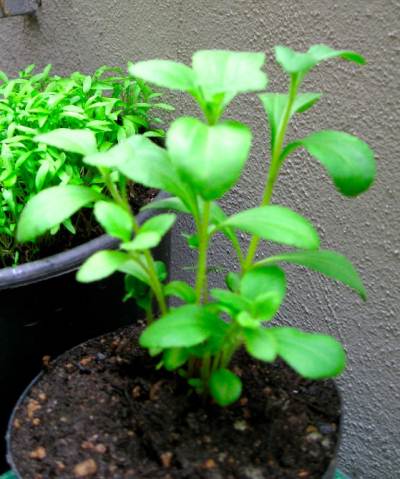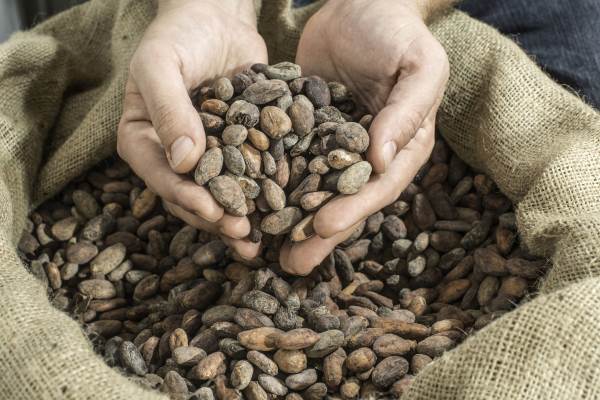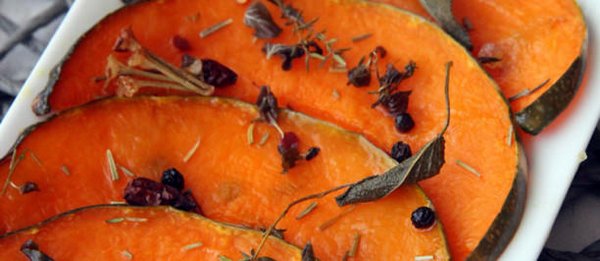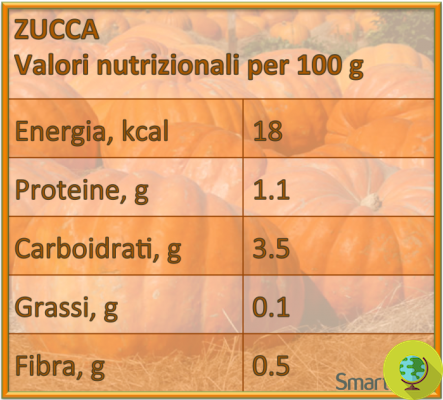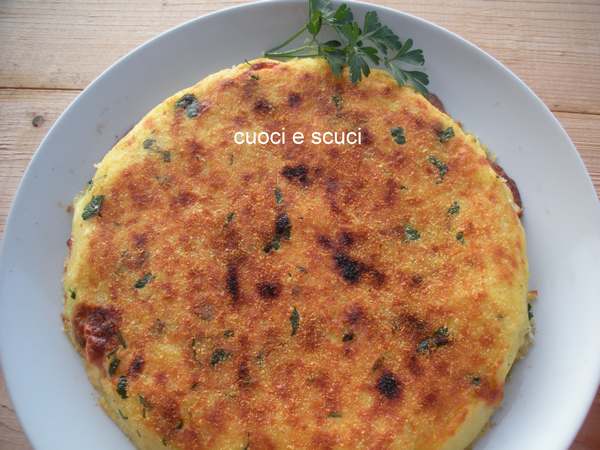
One of the many recipes proposed in the book Cooking the Garden by Prof. Guglielmi is, in my opinion one of the richest and most delicious, that of 1890 of the green cake poetically introduced by its history, revisited in a vegan key.
Don't store avocado like this: it's dangerous
Someone is born from an early age, someone else instead begins to try it with the first experiences as a teenager perhaps on a camping trip or on a school trip, but in any case you have been initiated intolove for nature it is one of those feelings that can grow out of all proportion and never leave us ...
I was 6 or 7 when my aunt started my first one herbarium making me collect, recognize and describe leaves and flowers of plants that we had at home or that we could easily find in the stretch of road that was made from home to school.
But probably my love for plants, trees and the scent of freshly cut grass was born during my holidays in my grandparents' mountain home. I spent the summer months in this wonderful house at the foot of the woods when there was no school and I found myself in daily contact with trees, animals that populated the forest itself and I remember with extreme clarity the walks and the scent of nature that in the evening at 'dusk could be heard running down the sides of the mountain and reaching the houses.
A person that nurtures such a passionate love is certainly prof. Libereso Guglielmi who has made art and knowledge of his passion with a spirit of observation and extreme curiosity.
Libereso Guglielmi, born in 1925, is not only a profound botanical connoisseur but he is also an expert on botanical illustration, an art taught to him by Maestro Mario Calvino, father of perhaps the most famous Italo.
With its garden or "jungle" immersed in the heart of the city of Sanremo it demonstrates that it is not only possible but desirable to create and preserve spontaneous greenery, spontaneous plants, yes, but always useful.
Some of these plants with historical and cultural value they are for example, as he tells us Claudio Porchia editor of Prof. Guglielmi's latest delightful book "Cooking the Garden - Libereso's recipes”Ed.Zem, the red Valerianella of Easter cakes, the Perinaldo artichoke, the common but very useful Plantain, the ideal wisteria in salads or fried elderberry.
Tireless speaker and passionate traveler, in his travels and during his meetings he never misses the opportunity to explain the enormous wealth that man does not even realize he is giving up and trampling on.
Il spontaneous natural heritage once recognized as a wealth, in fact, in today's world it is often ignored if not even avoided, which is absolutely wrong - he explains - "We could select and create new varieties of vegetables as Professor Calvino always said and instead we are still far behind: we use vegetables bought in supermarkets, without color and which taste the same all year round ”. In his book he then gives us suggestions for a good collection of wild herbs with useful tips and amusing anecdotes, but not only.
His "Cooking the Garden" in fact it's not just a collection of delicious, vegetarian recipes but it is also a clear affirmation of freedom, freedom of thought and use of what nature gives us every day, freedom that we often forget we have.
Plus it is wonderfully accompanied by drawings that depict used ingredients or anecdotes related to one or another recipe.
One of the many recipes proposed is, in my opinion one of the richest and most delicious, that of 1890 from the "green cake " poetically introduced by its story:
“… Once upon a time, spontaneous herbs collected in the meadows were used to prepare vegetable pies, which were added to the filling which was based on vegetables from the garden, a little rice, eggs and a little cheese. The taste and flavor changed following the rhythm of the seasons and the most attentive and trained gourmets knew how to grasp every nuance ... "
necessary herbs:
Sonchus oleraceus (cardela), Allium sylvaticus, Plantago lanceolata (herba god 5 nerve), rhoeas poppy, Salvia red clover (Salvia selvatica), Silene puffed up, Luppolo, Urtica dioica and Borago officinalis (buraxe)
for preparation at least 9 types of spontaneous herbs are needed, mixed according to personal taste and imagination.
They are cleaned, boiled, minced and sautéed in a little oil with a chopped onion and a pound of rice cooked in milk. Let it cool then add 6 eggs, grated cheese, pepper and spices to taste.
Pour everything into a buttered pan sprinkled with breadcrumbs which will also be placed on top of the cake with a few pieces of butter and a few leaves of rosemary. Bake and serve on the table. "...
obviously only for the record and not for my insatiable gluttonyà I tried to make it by introducing some small variations both because being vegan it was the only way for me to try it and because I couldn't find some of the herbs in the recipe:
I used Allium selvata e Plantago lanceolata collected not far from home e mint (or bitter herb as my grandmother calls it), salvia officinalis, dandelion, Urtica dioica, pumpkin leaves, wild rocket and Borago officinalis all from my garden on the balcony, also instead of eggs potato starch, tofu, flour chickpeas and soy milk, instead of cheese, nutritional yeast flakes, instead of butter, soy butter (not margarine!) and instead of milk I used soya milk not flavored: mouth-watering result and especially the next day it became even better!
To be redone but obviously with other herbs ... now there is a taste for collecting and eating rather than wrapping and labeling!
Kia- Carmela Giambrone




